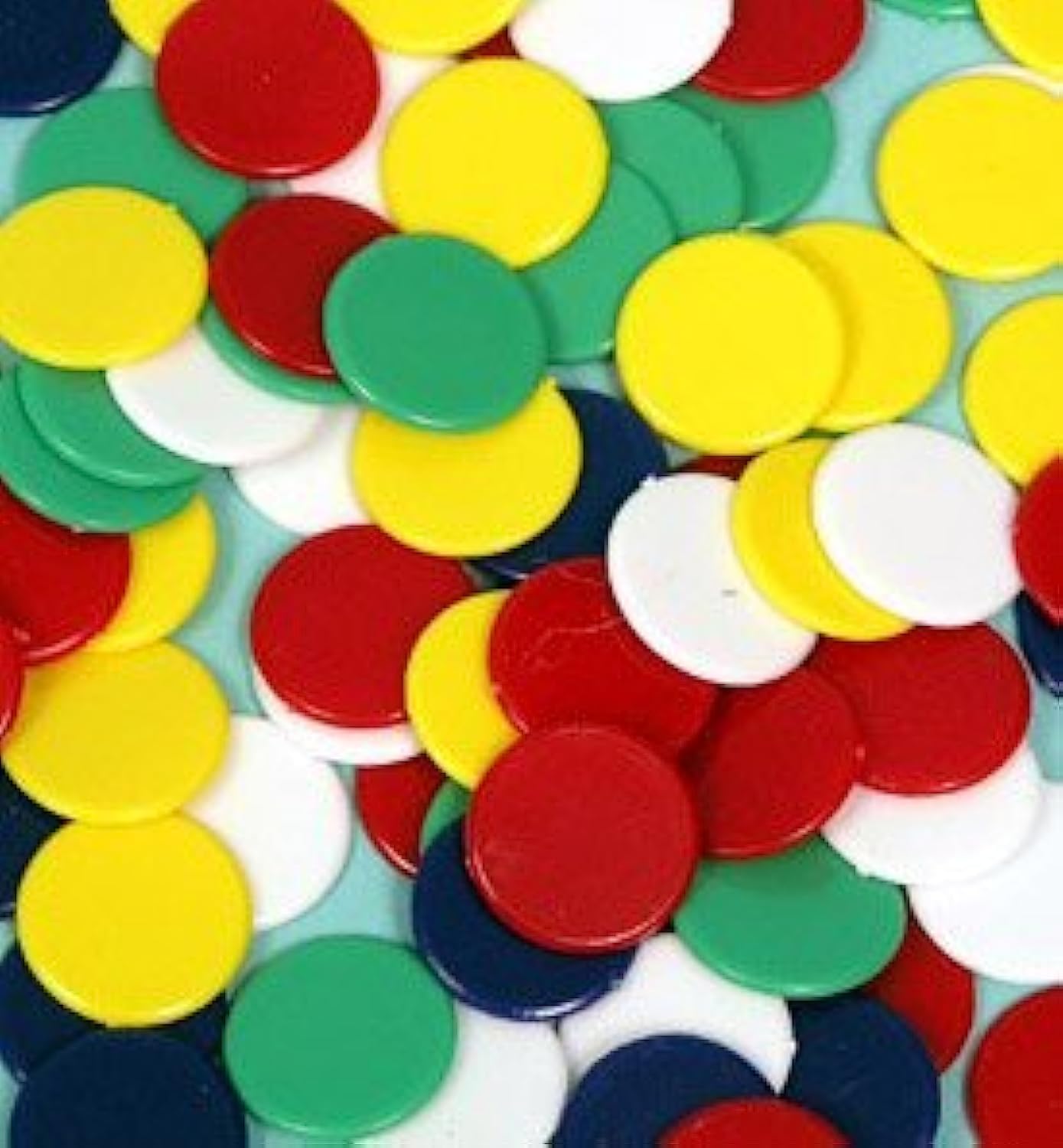
Counters, pack of 100 x 22mm.diameter-00521
FREE Shipping
Counters, pack of 100 x 22mm.diameter-00521
- Brand: Unbranded

Description
The modulus of a counter is the number of states in its count sequence. The maximum possible modulus is determined by the number of flip-flops. For example, a four-bit counter can have a modulus of up to 16 (2 seasons = [ "Spring" , "Summer" , "Fall" , "Winter" ] >>> my_enumerate ( seasons )
You should use enumerate() anytime you need to use the count and an item in a loop. Keep in mind that enumerate() increments the count by one on every iteration. However, this only slightly limits your flexibility. Since the count is a standard Python integer, you can use it in many ways. In the next few sections, you’ll see some uses of enumerate(). Natural Count of Iterable Items Finally, you create two lists from my_enumerate(), one in which the start value is left as the default, 0, and one in which start is changed to 1. In both cases, you end up with a list of tuples in which the first element of each tuple is the count and the second element is the value from seasons. This article is about the term counter used in electronics, computing, and mechanical counting devices. For other uses, see Counter (disambiguation). Voltage changes on the five outputs of the binary counter counting from 00000, left to 11111 (or 31), right (vertically).Many counters provide additional input signals to facilitate dynamic control of the counting sequence, such as:
In this example, you pass start=1, which starts count with the value 1 on the first loop iteration. Compare this with the previous examples, in which start had the default value of 0, and see whether you can spot the difference. Practicing With Python enumerate()for count , value in enumerate ( values , start = 1 ): ... print ( count , value ) ... 1 a 2 b 3 c Copied! When an iterable is used in a for loop, Python automatically calls next() at the start of every iteration until StopIteration is raised. Python assigns the value it retrieves from the iterable to the loop variable.
- Fruugo ID: 258392218-563234582
- EAN: 764486781913
-
Sold by: Fruugo
